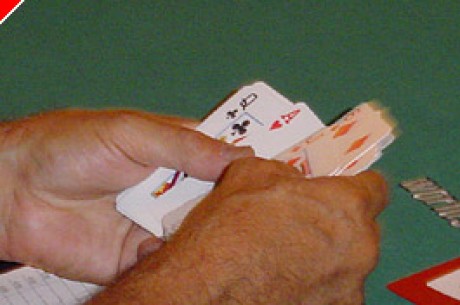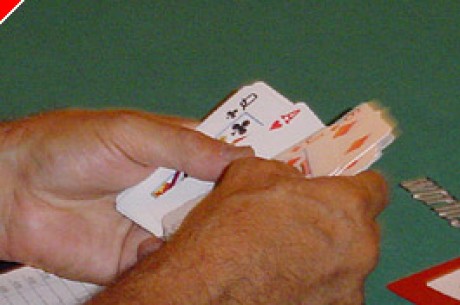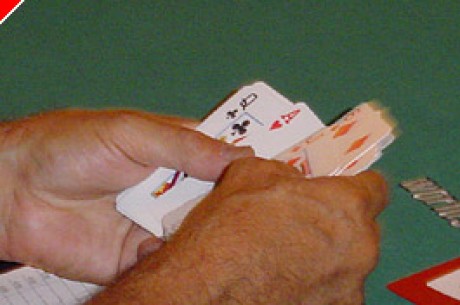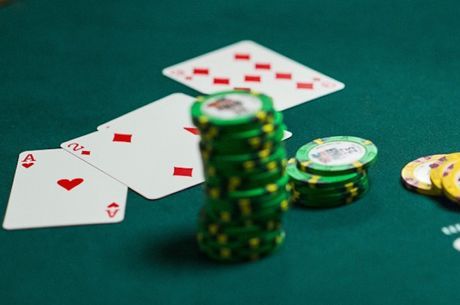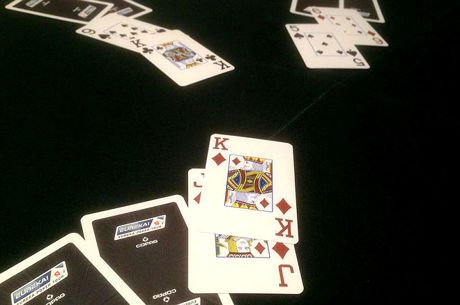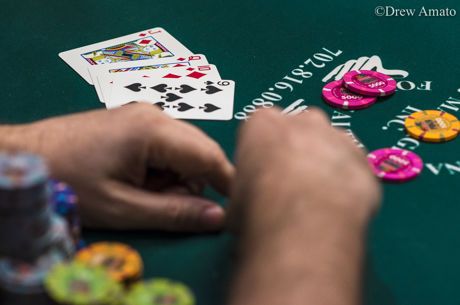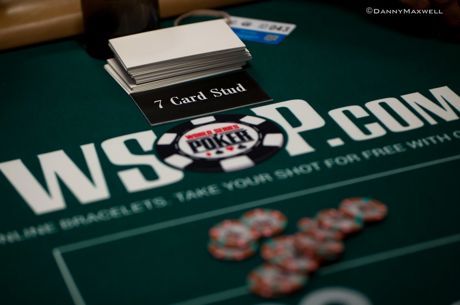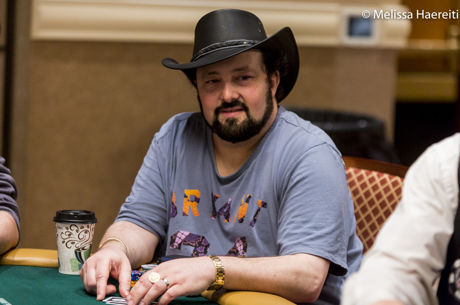Stud Poker Strategy - Fifth Street Decisions
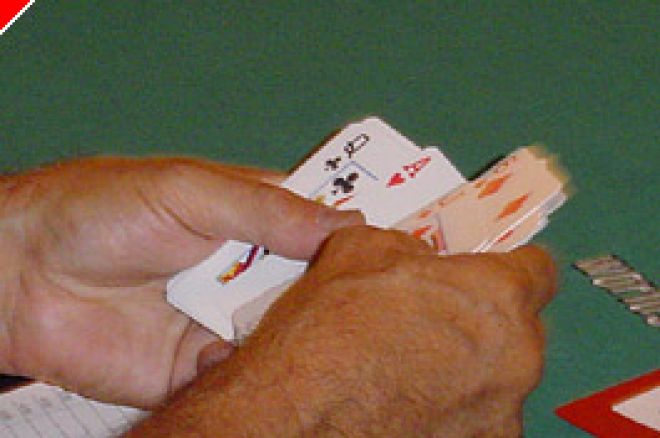
Poker is a game about making proper decisions. If you can make the right decisions while your opponents make the wrong decisions you will win money over time. It's as simple as that. Of course wrong decisions can be rewarded in the short run. That's called luck. But luck, over time, averages out. What remains is the reward for making good decisions.
There are five general decision points in 7-card stud – one on each street of betting. (Of course there are actually more than this – as each street may contain as many as four turns to making a decision if the pot is raised repeatedly). But generally speaking, there are five decision points: the first three cards, fourth street, fifth street, sixth street and the river.
Third street is easily covered and generally well known. High pairs, low pairs high kickers, flush draws and straight draws generally are played. Much has been written about that. It's probably the most important decision you'll make.
Fifth street is surely the second most important decision. The limits double in a conventional game, you generally know what kind of a hand you're likely to end up with – even though it probably hasn't yet been fully formed. Similarly, you have many clues about what your opponents' tend to have by fifth street –as the majority of their hands are exposed.
The decision made on fifth street tends to determine how you will play the rest of your hand. If you are in the hand you are generally until the showdown. If you fold, of course, you're out. If you are aggressive you are probably leading the action on the next two streets. And if you are chasing you'll generally chase on sixth street as well.
Players tend to lose a lot of money by making incorrect decisions on fifth street – as they tend to compound their mistake on this street with mistakes throughout the rest of the play of the hand. Hence their mistaken call on fifth street tends to equal six times the mistake they made with a mistaken call on fourth. Their fourth street call did not commit them to the rest of the hand. But their fifth street call did.
Accordingly, clever and successful plays on fifth street can greatly reward the skilled player. If he adroitly induces an improper call, let's say, on fifth street he has won, effectively, six times the amount of money he might have won with a skillful and deceptive play on fourth street that induced a call.
Let me give you some general rules you can follow (generally – but not always) on fifth street. And then let me give you some examples. This will take a couple of articles to fully address. So bear with me.
In general, it makes sense to continue to push your hand if you believe you have the higher premium pair. This is the case, generally, even if you face a hand that looks like it may be a made flush or straight. In fact, if you know nothing about your opponent and have no tells on him, it becomes imperative that you be aggressive on fifth street with a leading hand. This is because of the huge mistake you are making if you allow your opponent to draw for free.
So, for example, absent any information to tell you if your opponent is on a draw or has made a hand, if you face:
(x x) 7h9h3h
and you have:
(Ks7s)Kh6d4s
You should bet. It's tempting to check, I know. You might think he has the flush. But the risk of giving him a free card is greater than the risk of betting into a better hand. He could just as easily have a flush draw or even a straight draw. You don't want to give him a free chance to hit it on sixth street. Bet out and see what he does. If he raises you'll have a tough decision to make – and you should probably fold unless you view him as a very tricky player or if the pot is especially large.
On the other hand, if you have serious doubts about whether you are the best hand, and if your opponent shows a board like the one above, you're probably best to fold. For example, if you face:
(x x)7h9hAh
and you have:
(Ks7s)Kh6d4s
and he bets, you should probably fold.
True, he may have a 4-flush or even a 3-flush and just a scary board. But the chances are that he may well have Aces up or at least a pair of Aces. So you may well be drawing dead or be very far behind. And even if he has a 4-flush and a low pair, you're only a very slight favorite.
Here are the stats for the curious:
If your opponent has a small pair and a 4-flush with the Ace you're about 55% - 45% ahead.
If your opponent has a pair of Aces and a 4-flush you're 78% - 22% underdog.
If your opponent has two pair and a 3-Flush you're 87% - 13% behnd.
And if your opponent actually hit his flush on five cards you're 94% - 4% behind.
So you're either a tiny favorite, a very large dog, or a huge dog. In short, it's not worth finding out. Better to take the small risk of folding a hand that is slightly ahead than take the large risk of folding a hand that is going to lose nearly all of the time if it's played out to the river.
Ed Note: Make good decisions on fifth street at Poker Stars

